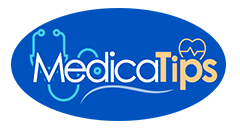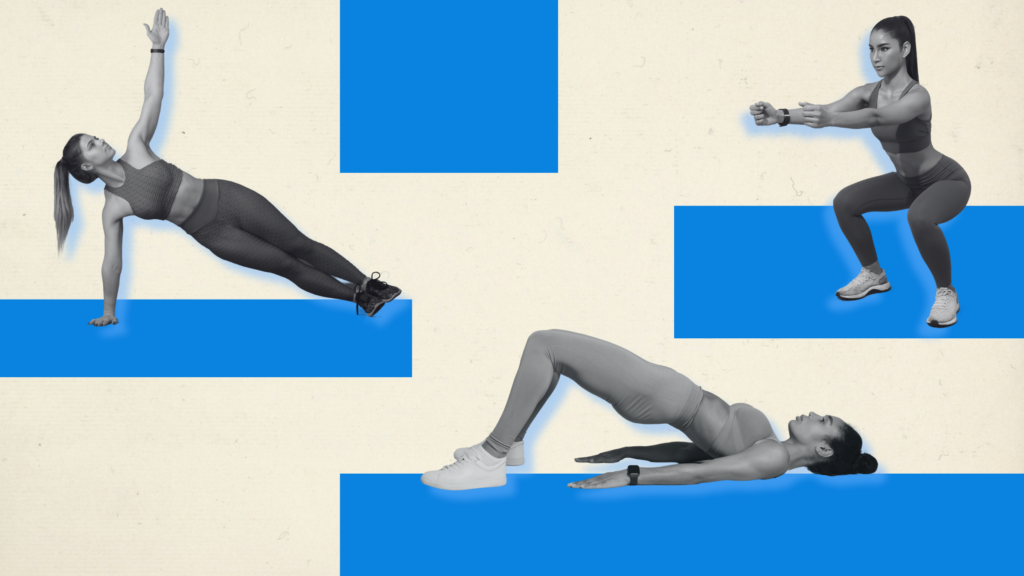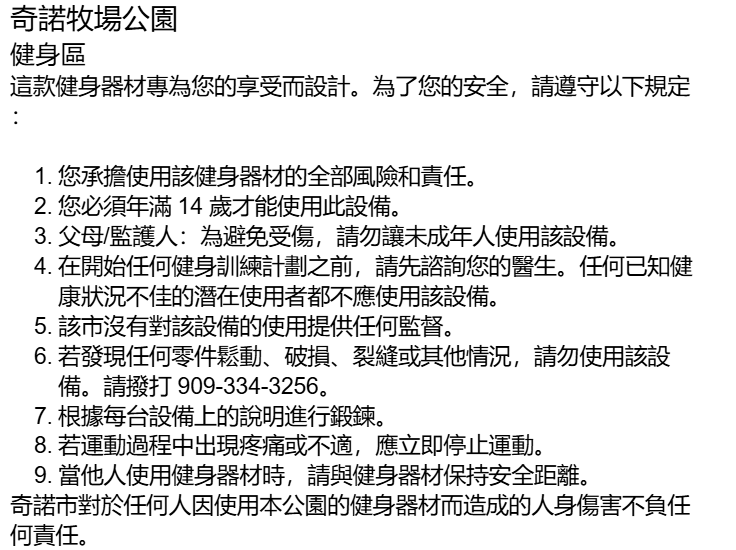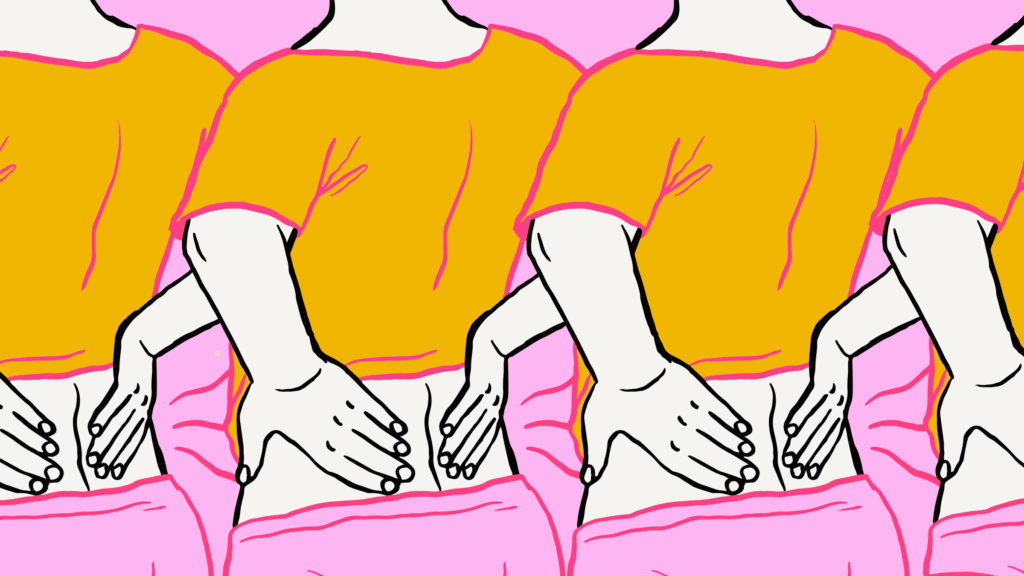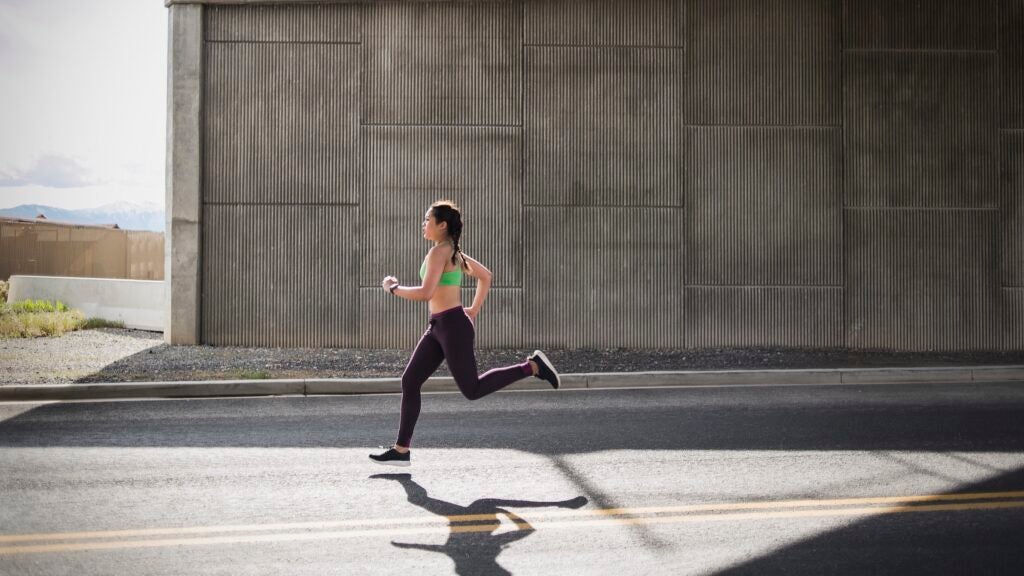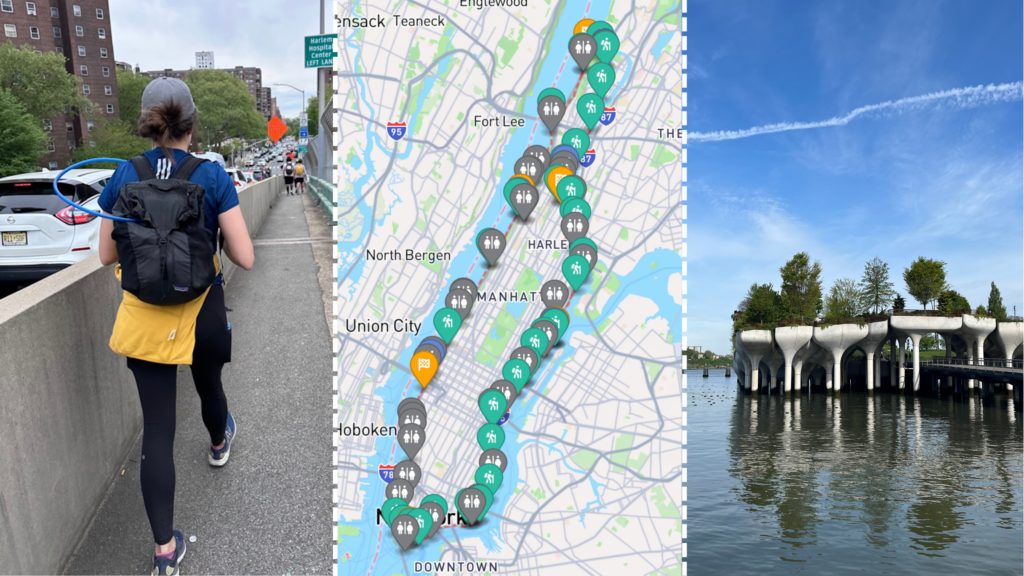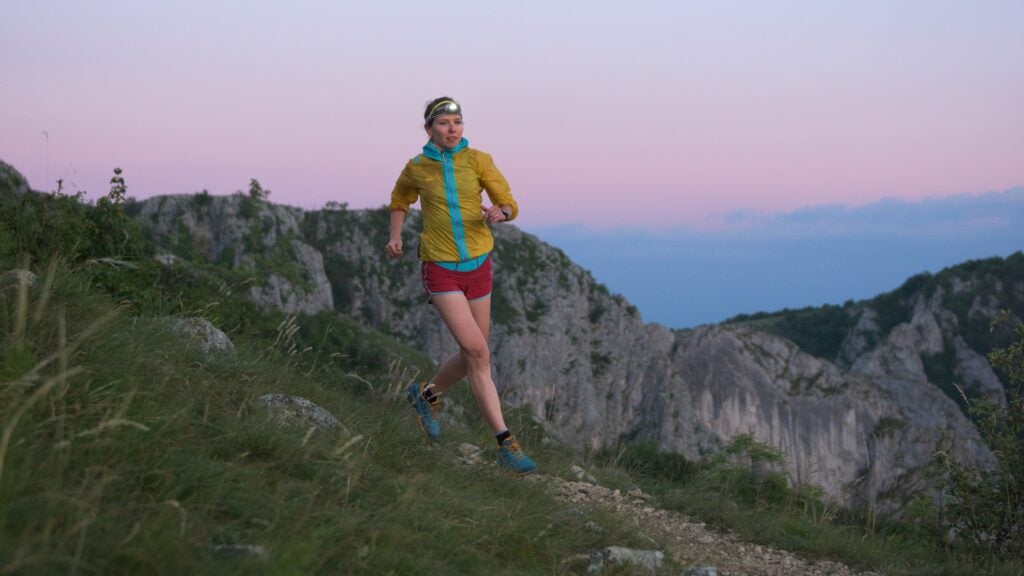Rest days are crucial for healing, muscle growth, and injury prevention, but when you’re craving the endorphin rush of a good workout, sitting still can feel pretty uninspiring. You don’t have to stay glued to the couch to reap the benefits of a day off, though. A little movement—specifically active recovery—can go a long way, both physically and mentally. Light movement can speed up recovery and bring movement into your day without adding too much additional stress to your body.
Active recovery, which should be scheduled in between your regular workouts or big races or competitions, can include walking, steady-state running or cycling, swimming, mobility exercises, stretching, and even low-intensity strength training. These moves increase blood flow to your muscles, which speeds up the muscle repair process and can minimize delayed onset muscle soreness (DOMS).
When Should You Schedule an Active Recovery Day?
In general, after a challenging or high-intensity workout or a big race/competition, you should take 48 or even 72 hours of rest. The amount of rest time you take should be long enough that you can execute your next workout or competition without compromising form or intensity, says Chris Gagliardi, an ACE-certified trainer.
On a day off, you can choose between total rest or active recovery. “The intensity of the workout or event you are recovering from can help you determine the type of recovery that is needed,” says Gagliardi. The most important considerations are which type of recovery will help you get ready for your next workout and how much time you have between training sessions or competitions. If you’re injured or feeling extreme levels of fatigue, total rest may be necessary.
“Recovery is about the body returning to a point of homeostasis,” says Gagliardi.
With active recovery, Gagliardi cautions that it’s important to keep the intensity low enough that you’re not veering into overtraining. “The idea would be to increase blood flow to a recovering part of the body through low-intensity movement and with less impact so that you optimize recovery without further stress to the part of the body in need of recovery,” he says.
To recover from a run, Gagliardi suggests swimming or heading to the gym and hopping on the elliptical. To ease aching muscles from a strength session, try walking or steady-state cycling.
A 10-Move Mobility Routine for Active Recovery
While a casual walk is a great go-to active recovery practice for your lower body, mobility exercises promote recovery across the entire body.
When your muscles are stiff or achy, they can’t move or control your joints as well, making even basic movements challenging (think about how stiff you feel trying to pick something up from the floor when your quads are sore after a long run). When one joint is limited, it has a ripple effect throughout the body and can cause further aches and pains. Mobility exercises take your joints through their full range of motion while increasing blood flow to the surrounding muscles.
Gagliardi recommends running through all the movements listed below if you have time or picking a few and doing them throughout the day as “movement snacks.”
Repeat each movement for six to twelve repetitions and, if you’re doing the full list, run through the entire routine one to three times, depending on the intensity of the workout you’re recovering from. “This should feel relaxing and productive but not intense,” he says.
1. Bodyweight Squat
Muscles Worked: Abs, glutes, hips, calves, and thighs
- Stand with your feet slightly wider than hip-width apart, toes turned slightly outwards, and your hands clasped at your chest or by your sides.
- Engage your core and hinge slightly at the hips while bending at the knees, keeping your torso upright.
- Slowly lower down as if you’re sitting back in a chair, trying to bring your thighs parallel to the floor. Hold for a second or two at the bottom, re-engage your core, and push through your feet to stand up.
2. Standing Ankle Mobilization
Muscles Worked: The calves
- Stand facing a wall with your feet close together.
- Place your hands on the wall and step back until your arms are straight and your toes are about three feet away from the wall, with your heels flat on the floor.
- Slowly lift your right foot off the floor and bend your knee to 90 degrees.
- Without shifting your weight into your left hip and keeping your left heel on the ground, swing your right knee across the body towards your left side and turn your head to the left at the same time.
- Hold your knee there for one to two seconds, then swing to the right side and hold for one to two seconds.
3. Inverted Flyers
Muscles Worked: Abs, glutes, hips, core, and quads
- Stand with feet hip-width apart, arms hanging by your sides.
- Engage your core and pull your shoulders back and down.
- Squeeze the glute and thigh muscles of your right leg and lift your left knee up to hip height at a 90-degree angle.
- Hinge at the hips as you extend your left leg behind you and your right arm in front of you, pointing the toes of your left foot.
- Hold for three to five seconds, making sure you keep your trunk from twisting and avoid collapsing into the hip of your standing leg.
- Slowly return to standing.
4. Gate Openers
Muscles Worked: Abs, glutes, hips, and thighs
- Begin by standing with feet hip-width apart, arms by your sides.
- Engage your core, shift your weight to your left leg, and lift your right foot from the floor, bending the knee up towards your chest.
- Draw your right leg across your body towards the left side, keeping your knee at about hip height.
- Keep the left hip stable and pointed forward.
- Draw your right leg back to center and then over the right side of your body, opening your hip.
- Return to the starting position.
5. Downward-Facing Dog
Muscles Worked: Arms, back, glutes, hips, calves, and thighs
- Begin in a straight-arm plank position.
- Engage your core and draw your hips back and up high until your body forms an upside-down “V.”
- Try to push your heels back and down towards the floor.
- From here, you can hold the position or pedal your feet.
- Slowly lower to the plank position and begin the next rep from there.
6. Cat-Cow
Muscles Worked: Back and chest
- Begin on all fours with your toes pressed into the floor and your heels pointed towards the ceiling.
- Engage your core to keep your spine in a neutral position (aka tabletop position).
- For the “cat” pose, exhale and pull your spine upwards towards the ceiling.
- Hold for ten to 15 seconds, allowing your head to fall towards your chest; your back will make a letter “C” shape.
- Slowly return to the starting position.
- For the “cow” part of this move, arch your lower back and draw your shoulder blades together; your back will be shaped like the letter “U.”
- Hold this position for 10-15 seconds, then return to a neutral spine.
7. Cobra
Muscles Worked: Abs and back
- Lie on your stomach with your hands flat on the floor under your shoulders, fingers pointing forward.
- Extend your legs and press the tops of your feet into the floor.
- Exhale and press your hips and hands into the floor as you pull your chest away from the ground until you feel a stretch in your chest and abdominals.
- Hold for 15 to 30 seconds, then slowly lower back down until you’re lying flat on the floor. Repeat.
8. Fire Hydrant
Muscles Worked: Abs, glutes, and hips
- Begin on all fours with your knees directly under your hips and your toes pressed into the floor with heels pointed towards the ceiling.
- Keep your spine in a neutral position.
- Engage your core and raise one bent leg off the floor; try to avoid sinking into the opposite hip or rotating your trunk.
- Pause, then lower the lifted leg back down.
9. Glute Bridge
Muscles Worked: Abs, glutes, and hips
- Begin by lying on your back with your knees bent and feet hip-width apart and flat on the floor.
- Engage your core, press your feet into the floor, and lift your hips up, contracting your glutes as you press upwards.
- Press up only as high as you can before your back begins to arch.
- Pause, then lower your back slowly until it’s flat on the floor.
10. High Plank T-Spine Rotation
Muscles Worked: Abs and shoulders
- Begin in a high plank position.
- Press your right hand into the floor and lift the left hand up.
- Keeping your left arm straight, twist the hips and shoulders to the left, raising the left arm towards the ceiling.
- Pause, then bring your left arm back to the floor and switch sides.
Want more of Outside’s Health stories? Sign up for the Bodywork newsletter.
Source link
